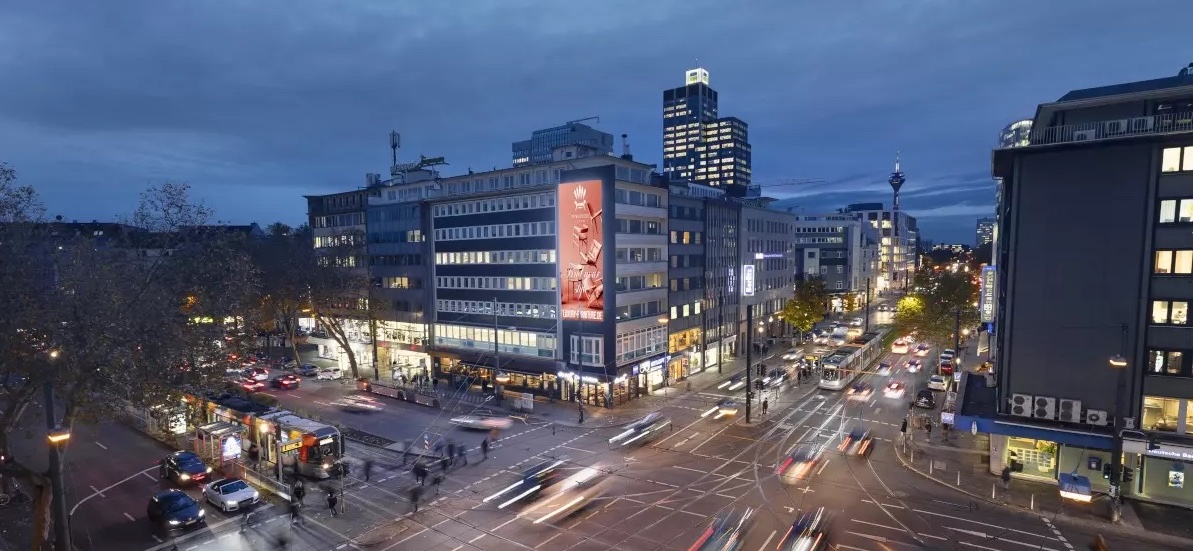
More Detail On Germany’s Energy Savings-Focused Digital Signage And DOOH Restrictions
August 25, 2022 by guest author, Florian Rotberg
Partner Post: Florian Rotberg, Invidis
This post originally appeared on the site of Sixteen:Nine’s German language content partner, Invidis.
On Wednesday, the federal government approved two energy-saving regulations which, among other things, also restrict the operation of illuminated and self-illuminating advertising systems (DooH, digital signage in shop windows). An exception was considered for outdoor advertising.
From September 1st, the “Ordinance to Secure the Energy Supply on Short-Term Effective Measures” (here is the original text) restricts the operation of advertising systems in public spaces. The two ordinances passed yesterday are intended to make a further contribution to ensuring security of supply in Germany. Due to the Russian attack on Ukraine, Germany is still in a tense gas supply situation.
The ordinance with short-term measures will apply from September 1st (next week Thursday) – for the time being for six months (until the end of February 2023) – and, in addition to many other measures, stipulates a restriction on the use of illuminated advertising systems. The ordinance was obviously written in a great hurry, because the published texts prescribe a usage restriction from 10 p.m. to 4 p.m. the following day. It should actually be 6 o’clock in the morning here. Some media (such as the FAZ ) also interpret that shop windows are not affected by the operating ban.
The operation of illuminated or light-emitting advertising systems is prohibited from 10 p.m. to 4 p.m. the following day. This does not apply if the lighting is required to maintain traffic safety or to ward off other hazards and cannot be replaced by other measures at short notice.
The ordinance provides for an exception for the out-of-home industry, which could continue to allow Ströer, Wall & Co to operate advertising systems at bus stops, train stations and underpasses after 10 p.m. to ensure passenger safety. Most contracts explicitly require outdoor advertising companies to operate backlit city light posters and screens well into the night to provide passengers with more security in the waiting area. Autumn will show whether and how the exemptions will be used.
The ordinance does not permit any exceptions for digital signage screens in shop windows – from a purely legal point of view also advertising systems – even if the perceived safety in pedestrian zones is also positively influenced by active digital signage screens after the shops have closed. Occasionally, some media report overnight that the lighting of shop windows is not affected by the regulation. It cannot be assumed that this means an all-clear for store front signage, but it cannot be completely ruled out at this point in time. It is obvious that the ordinance was drawn up in great time trouble and still contains errors/ambiguities.
Whether integrators or retailers, shop window screens will have to be reprogrammed in the next five working days – as will the digital signage installations in business premises that are clearly visible from the outside or visibly light-emitting. The screens must be dark by 10 p.m. at the latest and, in accordance with the regulation, also switched off: Black content is not an alternative and is no longer socially accepted.



Leave a comment